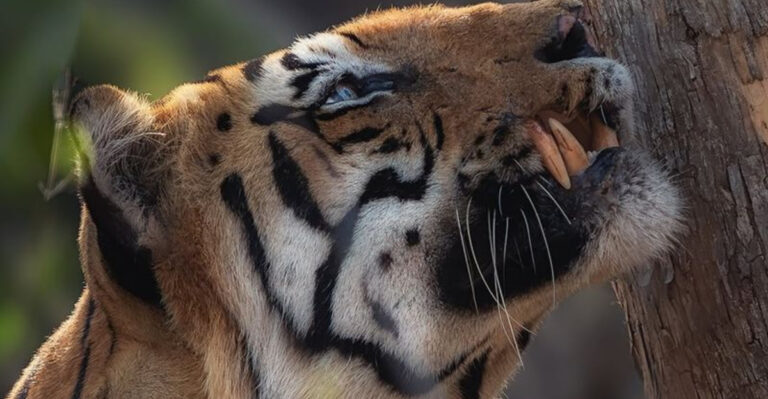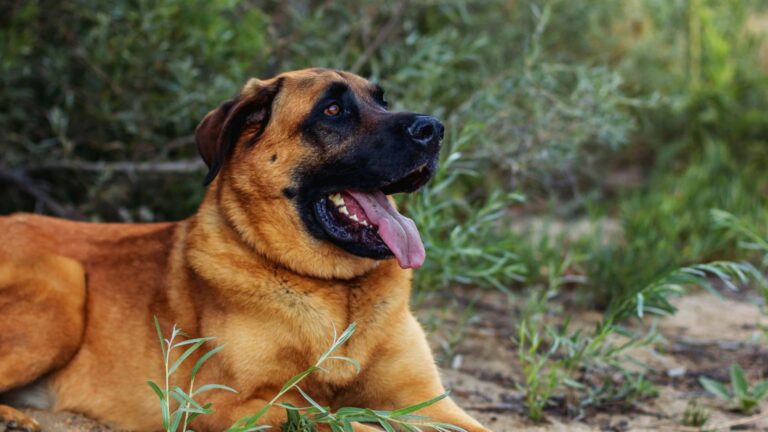13 Dog Breeds With Bad Reputations: Do They Really Deserve It?
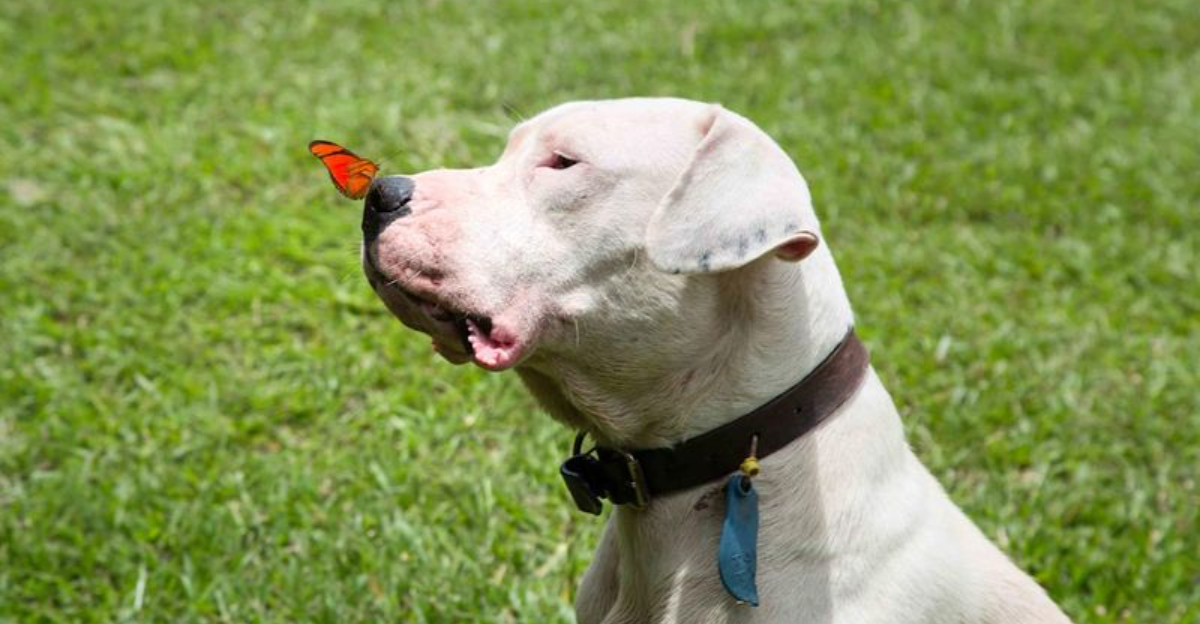
We’ve all heard the whispers when certain dogs walk by – the nervous glances, the parents pulling their children closer.
Some dog breeds carry reputations that make people cross the street to avoid them. But are these fears based on facts or fiction?
Many breeds labeled as ‘dangerous’ are actually loving family pets when properly trained and socialized. Let’s take a closer look at these misunderstood canines and separate myth from reality.
1. Pit Bull Terriers: The Misunderstood Nanny Dogs

Once known as ‘nanny dogs’ for their gentle nature with children, Pit Bulls have suffered perhaps the worst reputation transformation of any breed. Their powerful jaws and muscular build often spark fear, but few realize these dogs score exceptionally well on temperament tests.
The bad rap stems largely from irresponsible ownership and media sensationalism rather than inherent aggression. When raised with love and proper training, Pit Bulls show remarkable loyalty and affection.
These blocky-headed pups crave human companionship and typically exhibit patience that would surprise their critics. Their determination to please their owners makes them highly trainable and adaptable to family life.
2. Rottweilers: Guardians With Heart
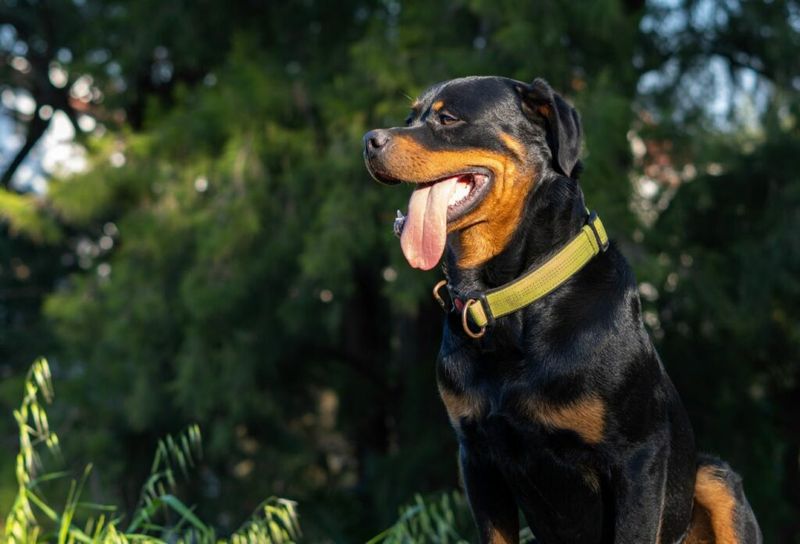
Behind those alert brown eyes and imposing stance lies a dog with remarkable intelligence and devotion. Rottweilers were originally bred to drive cattle and pull carts for butchers – work requiring both strength and self-control.
Their intimidating appearance has landed them on dangerous dog lists, but owners describe them as big teddy bears at home. Like any powerful breed, they require consistent training from an early age.
What many don’t realize is how goofy and affectionate Rotties can be with their families. They form deep bonds with their people and show a surprising gentleness with those they love, despite their formidable strength and protective instincts.
3. Doberman Pinschers: From Tax Collector’s Companion To Misunderstood Protector
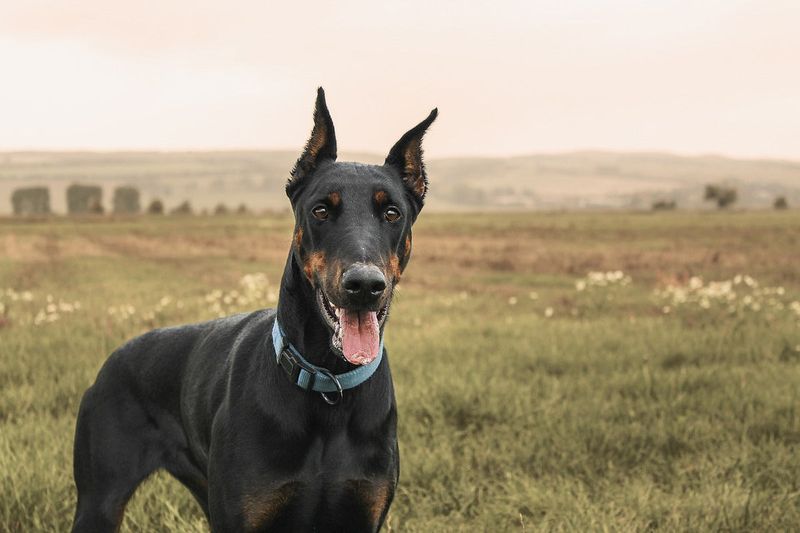
Karl Friedrich Louis Dobermann, a tax collector needing protection on his rounds, developed this sleek, athletic breed in the 1890s. Their streamlined bodies and attentive posture can appear menacing, but Dobermans rank among the most trainable and responsive breeds.
Modern breeding has significantly softened their temperament from their guardian origins. Today’s Dobermans typically show remarkable gentleness with family members while maintaining their protective instincts.
These velcro dogs form intense bonds with their people and often suffer from separation anxiety – hardly the cold, aggressive image many hold of them. Their intelligence makes them excellent working dogs in therapy, search and rescue, and military roles.
4. German Shepherds: Working Dogs Miscast As Villains
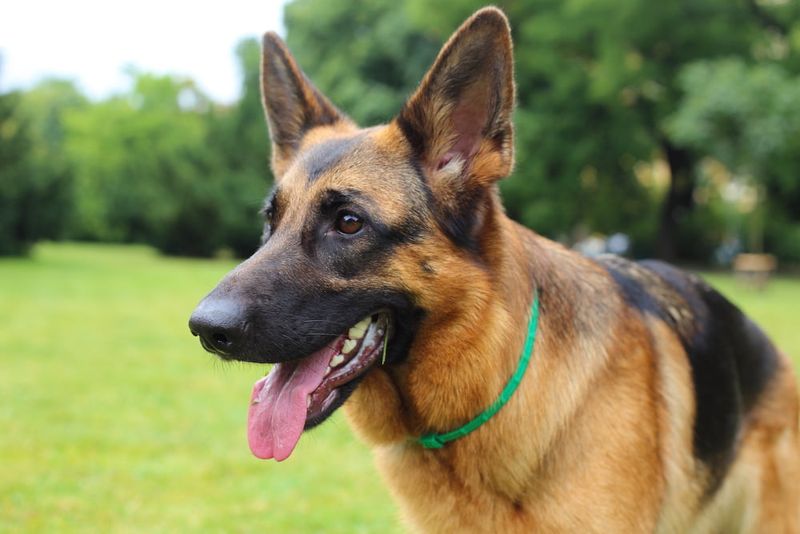
From police K-9s to movie villains, German Shepherds have been typecast as intimidating enforcers. Their wolf-like appearance and confident stance can trigger unease in those unfamiliar with the breed.
Originally developed for herding, these dogs possess exceptional intelligence and versatility. Their portrayal as aggressive attack dogs in media overshadows their true nature as loyal, trainable companions who excel at everything from service work to family protection.
German Shepherds form deep bonds with their families and show remarkable patience with children when properly socialized. Their eagerness to work and please their owners makes them highly responsive to training – they’re protective by nature, not aggressive by default.
5. Chow Chows: The Fluffy Misanthropes
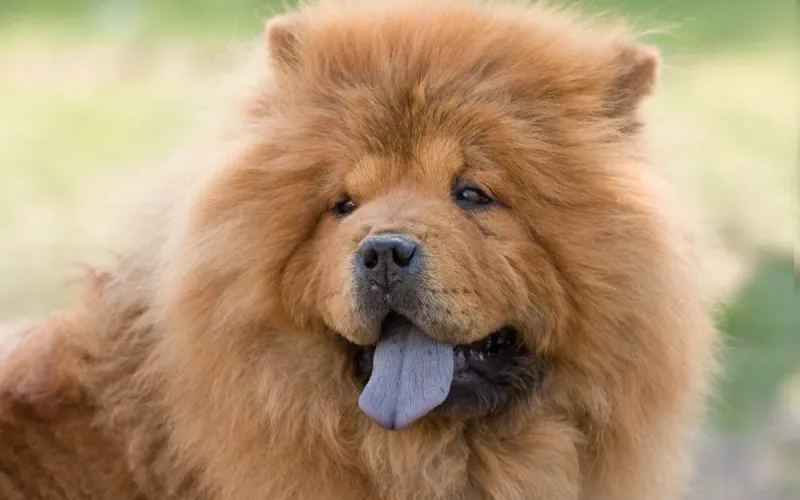
With their lion-like manes and blue-black tongues, Chow Chows cut distinctive figures in the dog world. Their aloof, sometimes standoffish demeanor has earned them a reputation for aggression, but this ancient Chinese breed simply approaches relationships differently than more overtly friendly dogs.
Chows bond deeply with their chosen people while remaining reserved with strangers – a trait often misinterpreted as hostility. Their independent nature stems from their history as all-purpose working dogs rather than pure companions.
Early socialization helps Chows develop comfort with new situations. Unlike breeds that seek affection from everyone they meet, Chows offer their loyalty selectively, making the bond with their owners all the more special.
6. Akitas: The Misunderstood Japanese Treasures
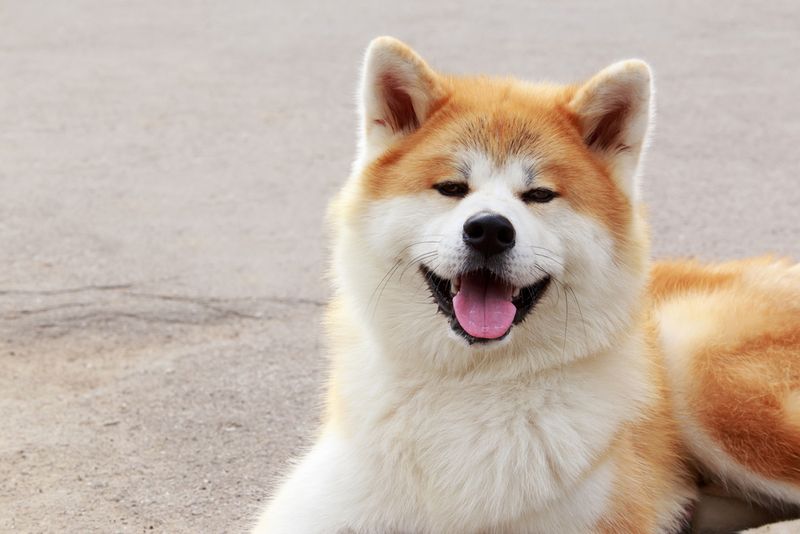
Considered national treasures in their native Japan, Akitas carry themselves with a dignity that can be mistaken for aggression. Their powerful build and alert, somewhat suspicious nature toward strangers have earned them spots on restricted breed lists.
Historically bred as hunters and guardians of nobility, Akitas possess a fierce loyalty to their families that contrasts sharply with their reserve toward outsiders. They’re known for their clean habits and cat-like grooming behaviors.
The story of Hachiko, an Akita who waited nine years at a train station for his deceased owner, reveals the breed’s true character – one of unmatched devotion rather than aggression. When properly socialized, Akitas show remarkable gentleness with family members.
7. Boxers: The Clowns Mistaken For Bullies
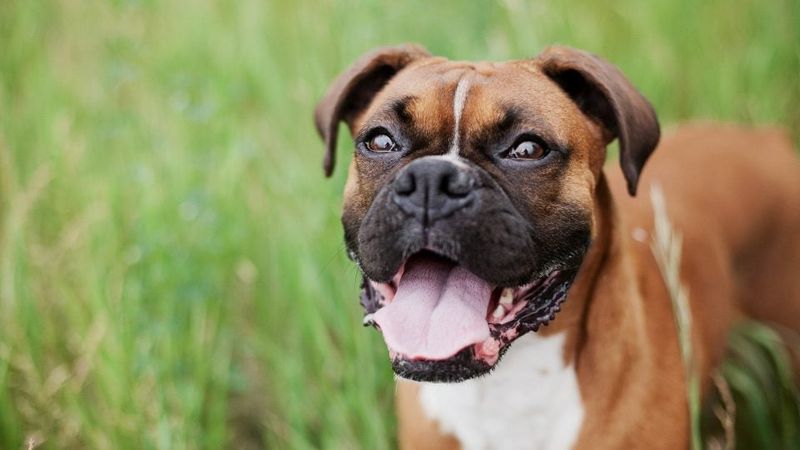
With their muscular builds and sometimes imposing stance, Boxers can trigger unease in those unfamiliar with their playful nature. Their energetic bouncing and pawing – boxing moves that gave them their name – can be misinterpreted as aggression rather than the invitation to play they actually represent.
Boxers maintain puppy-like enthusiasm well into adulthood, making them natural entertainers and family companions. Their wrinkled foreheads and expressive eyes communicate a range of emotions that endear them to their owners.
Far from the intimidating image some hold, most Boxers are gentle souls who crave human interaction and play. Their patience with children and protective instincts make them excellent family dogs when their considerable energy needs are met.
8. Siberian Huskies: The Misunderstood Escape Artists

Those ice-blue eyes and wolf-like appearance have given Huskies an undeserved reputation for wildness and aggression. Their howling vocalizations and independent streak can reinforce this misconception among those unfamiliar with the breed.
Bred as endurance sled dogs in Siberia, Huskies possess remarkable energy and problem-solving skills – including figuring out how to escape yards in search of adventure! This wanderlust is often mistaken for aggression or dominance.
In reality, Huskies typically show little guard dog potential due to their friendly nature with strangers. Their mischievous personalities and dramatic tendencies make them more likely to talk back to their owners than show aggression. They’re pack animals who generally thrive with canine companions.
9. Bullmastiffs: Gentle Giants With Intimidating Faces
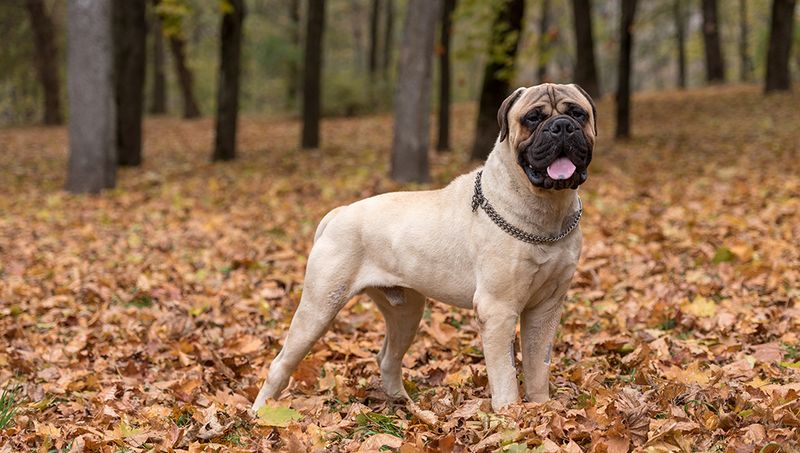
Weighing up to 130 pounds with massive heads and serious expressions, Bullmastiffs can send people scurrying to the other side of the street. Developed to catch poachers in 19th century England, these dogs were bred to track, pin down, but not harm intruders.
Despite their intimidating size, properly raised Bullmastiffs typically show remarkable gentleness, especially with children. They’re often described as docile indoor dogs who save their protective instincts for genuine threats.
Their imposing appearance belies what owners call the “marshmallow effect” – tough-looking exteriors hiding soft, affectionate personalities. Bullmastiffs tend to be quiet, low-energy companions who prefer lounging with family to aggressive displays.
10. American Staffordshire Terriers: The Athletes With Bad Press

Often confused with Pit Bulls, “AmStaffs” face similar reputation challenges despite their history as family companions. Their powerful build and determined expression have made them targets for breed-specific legislation in many communities.
The American Kennel Club describes them as “confident, smart and good-natured companions” – a far cry from their media portrayal. AmStaffs typically show remarkable tolerance and affection toward their family members.
Their athletic abilities and eagerness to please make them standouts in dog sports like agility and obedience. When properly trained and socialized, these dogs channel their considerable energy and strength into being loving family members rather than the fighters they’re often feared to be.
11. Cane Corsos: The Misunderstood Italian Guardians
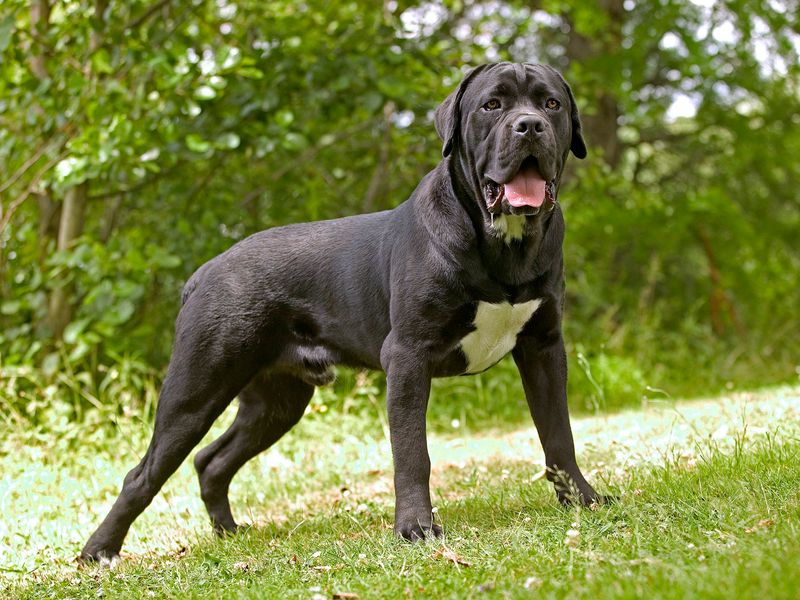
With ancient Roman lineage and imposing presence, Cane Corsos can strike fear into those unfamiliar with the breed. Their name derives from “bodyguard dog” in Latin, reflecting their historical purpose as property protectors and big-game hunters.
Their serious demeanor and powerful build often lead to misconceptions about their temperament. While naturally protective, well-bred and properly socialized Corsos typically show remarkable discernment – calm and affectionate with family while alert to genuine threats.
Unlike more reactive breeds, Cane Corsos tend to observe before acting, a trait that made them valuable farm dogs in their native Italy. Their loyalty to family members, especially children, often surprises those who know them only by reputation.
12. Dogo Argentinos: The White Hunters With A Fearsome Image

Developed in Argentina for big-game hunting, these striking white dogs possess athletic builds and determined personalities that have unfortunately led to bans in several countries. Their development for hunting wild boar required courage and strength that can be intimidating.
Dogo owners describe a different reality – dogs with remarkable loyalty and gentleness toward family members. Their hunting background created a breed with high exercise needs and strong prey drive rather than human aggression.
Like many powerful breeds, Dogos require experienced owners committed to training and socialization. Their protective instincts make them naturally wary of strangers, but proper introduction protocols typically reveal their underlying friendly nature once they understand someone is welcomed by their family.
13. Wolf Hybrids: Wild Ancestry, Complicated Reputation
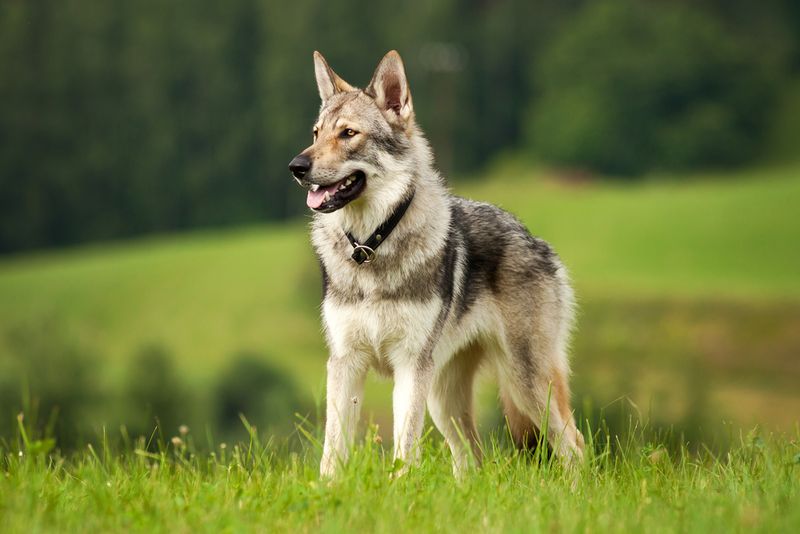
Part wild, part domestic, wolf hybrids occupy a unique position in the canine world. Their wolf content varies dramatically, creating unpredictable temperaments that have led to bans in many areas. The mystique of owning a “part-wolf” has unfortunately led to impulse acquisitions by unprepared owners.
Contrary to their fearsome image, most wolf hybrids are shy and avoidant rather than aggressive. Their wild ancestry creates natural wariness that can be misinterpreted as aggression when actually stemming from fear.
These animals require specialized knowledge, secure containment, and owners who understand they’re neither wolves nor dogs. Responsible hybrid owners emphasize that these animals aren’t appropriate for typical pet homes but can form deep bonds with experienced handlers.

